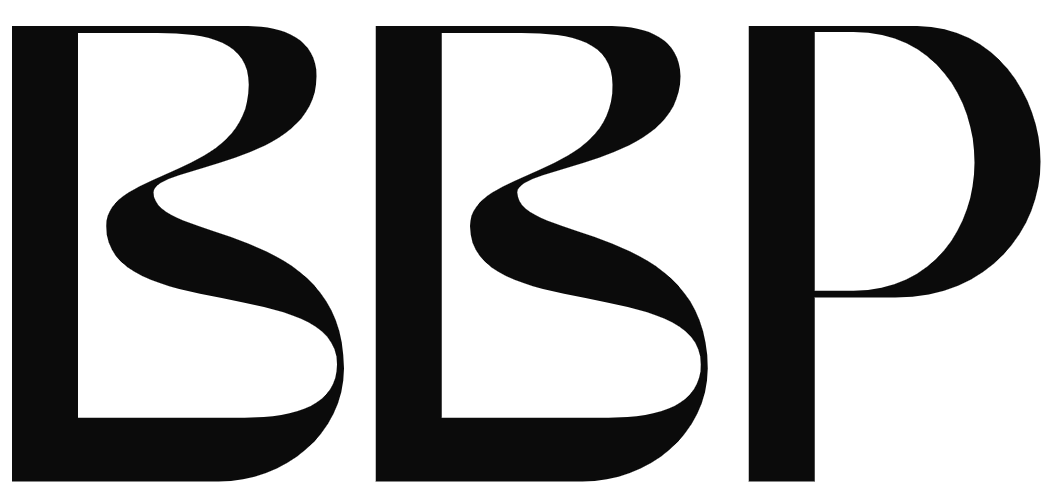A book production plan is a detailed and comprehensive strategy that outlines the steps and processes involved in producing a book, from the manuscript's completion to the final printed or digital version ready for distribution. This plan typically covers various aspects of book production, such as editing, design, formatting, printing, and distribution, with the primary goal of ensuring that the book is produced efficiently, cost-effectively, and to a high quality standard.
Here are the key elements commonly included in a book production plan:
1. **Editorial Process:** The plan begins with an overview of the editorial process, including proofreading, copyediting, and developmental editing. It specifies who will perform these tasks and the timeline for completion.
2. **Design and Layout:** This section outlines the book's visual design, including the cover design, interior layout, typography, and overall aesthetic. It may include a description of the design elements, such as font choices, chapter headings, and page layout.
3. **Illustrations and Graphics:** If the book requires illustrations, photographs, or other graphics, the production plan should detail how these elements will be sourced, created, and integrated into the book.
4. **Formatting:** Explain the technical formatting requirements for both print and digital versions of the book. For print, this may involve specifying page size, margins, and binding. For digital, it could involve formatting for e-book platforms like Kindle or ePub.
5. **Proofreading and Review:** Detail the process for reviewing and proofreading the formatted book to ensure there are no typographical errors or layout issues before final publication.
6. **Printing and Binding:** If you're producing print copies, describe the printing and binding process, including the choice of printing method, paper quality, and any special features like hardcovers or dust jackets.
7. **eBook Conversion:** For digital books, explain how the manuscript will be converted into the appropriate digital formats for e-readers and digital platforms.
8. **Quality Control:** Specify the quality control measures that will be in place to ensure the final product meets the desired standard. This could include quality checks at various production stages.
9. **Timeline:** Lay out a timeline for each phase of the production process, from manuscript completion to the final delivery of the books. Be sure to account for any potential delays or contingencies.
10. **Budget:** Estimate the costs associated with each step of the production process, including editing, design, printing, and any other expenses. This is essential for managing your project within budget constraints.
11. **Distribution and Fulfillment:** Detail how the printed books will be distributed, stored, and fulfilled to buyers or retailers. This can include arrangements with distributors, retailers, or fulfillment services.
12. **Revisions and Updates:** If your book will have subsequent editions or updates, outline how these will be managed, including revisions to the manuscript, cover, and interior design.
A well-structured book production plan ensures that the book creation process is organized, efficient, and results in a high-quality product. It helps authors, publishers, and production teams stay on track and meet their goals. Whether you're self-publishing or working with a traditional publisher, having a clear production plan is essential to producing a book that meets or exceeds your expectations and the expectations of your readers.
Publishing Blog
PRODUCTION
PUBLISHING
PROMOTION
PROFIT
